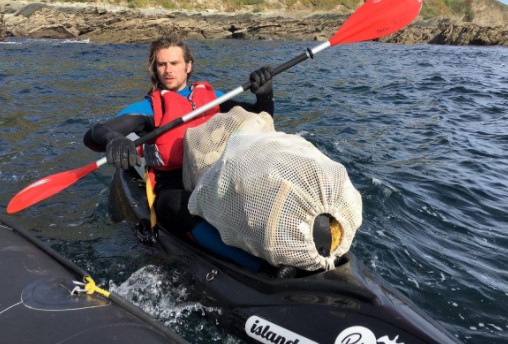The materials with which the kayaks are made can be very diverse and with several elements that adapt to each individual. They can be made from stretched animal skin or a wooden frame like Eskimo and Inuit kayaks. Rotomolded plastic is the material that has been a trend in recent years in its use for the construction of kayaks. It is a durable, light, and rigid material that allows you to build all types of kayaks. The largest segment of kayak sales today is made up of rotomolded plastic kayaks. Modern manufacturing techniques make it possible to manufacture plastic kayaks at a reasonable price.
Plastic River kayaks are general-purpose kayaks that have a balanced combination of unique kayak characteristics. Modern plastic kayaks are made with composite materials like Kevlar skins to protect the hull. With the introduction of rotomolded plastics, kayak designers have designed kayaks that are more specific for each type of kayaking. For example, ocean kayaks with a longer and slimmer hull allow for better ling tracking in open water. For more excellent maneuverability in rough water, Rotomolded plastic white-water kayaks are shorter in length. Rot molding is the heating of a mold to the desired temperature.
Once the temperature has been reached, the polypropylene plastic particles can be added to the mold. The mold is then enclosed and spun to distribute the beads evenly. After cooling, the kayak mold is taken out of the mold and the kayak made is removed. The kayaker can use polypropylene for both strength and lightweight transport. The number one kayak material is now the rotomolded plastic kayaks. In the 1970s, the first plastic kayaks were made. The was after the technique for rotating molding polypropylene kayaks was perfected.
Although plastic kayaks are still relatively expensive due to the large market share and increased number of manufacturers, making a mold is the most costly. Plastic kayaks are very popular on the used kayaks market, where you can find great deals. Polypropylene has a long life span and is exceptionally durable. Although composite materials like carbon and Kevlar have begun to gain popularity, plastic kayaks remain a popular choice for kayakers.

